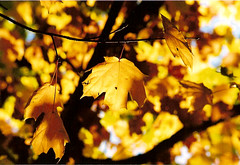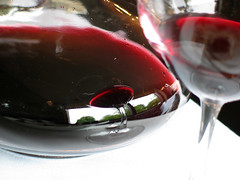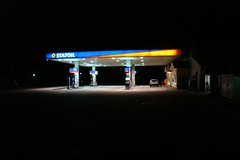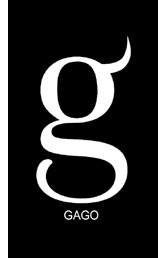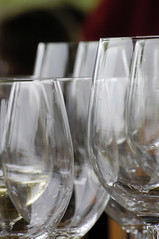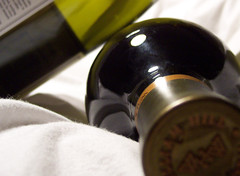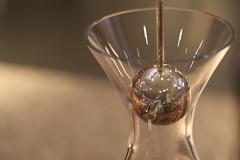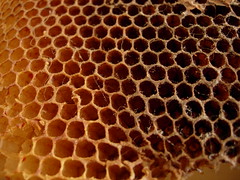On Zinfandel Rosé
Catie over at the Through The Grape Vine blog recently wrote a post on Zinfandel, its presence (or rather lack thereof) in Washington, and the "white zin" phenomenon. (Catie if you're reading this, I wanted to send this personally via email, but couldn't find any contact information!)
The post nails the "white zin" terminology right on the head: Sutter Home created the name as a marketing device and it worked wonders (as can be evidenced by the fact that anybody is even having this conversation). "White" Zinfandel wine is just rosé. It doesn't sit on the grape skins more than a handful of hours so it doesn't turn completely red.
While I agree whole heartedly with her on the marketzoid misnomers, there are some truly fantastic rosés made from Zinfandel. The first one that comes to mind is the one from Lucas Winery (lucaswinery.com). Their rosé is made from Zinfandel and has fantastic, surprising fruit. Its apple-like bite (malic acid, perhaps?) is characteristic of the outstanding Chardonnays that Lucas produces. Pedroncelli also makes a wonderful rosé with Zinfandel grapes.
Of course, as I write this, I'm thinking of shuffling off to open a Bandol rosé.
Please keep up the good blogging, Catie.
The post nails the "white zin" terminology right on the head: Sutter Home created the name as a marketing device and it worked wonders (as can be evidenced by the fact that anybody is even having this conversation). "White" Zinfandel wine is just rosé. It doesn't sit on the grape skins more than a handful of hours so it doesn't turn completely red.
While I agree whole heartedly with her on the marketzoid misnomers, there are some truly fantastic rosés made from Zinfandel. The first one that comes to mind is the one from Lucas Winery (lucaswinery.com). Their rosé is made from Zinfandel and has fantastic, surprising fruit. Its apple-like bite (malic acid, perhaps?) is characteristic of the outstanding Chardonnays that Lucas produces. Pedroncelli also makes a wonderful rosé with Zinfandel grapes.
Of course, as I write this, I'm thinking of shuffling off to open a Bandol rosé.
Please keep up the good blogging, Catie.












